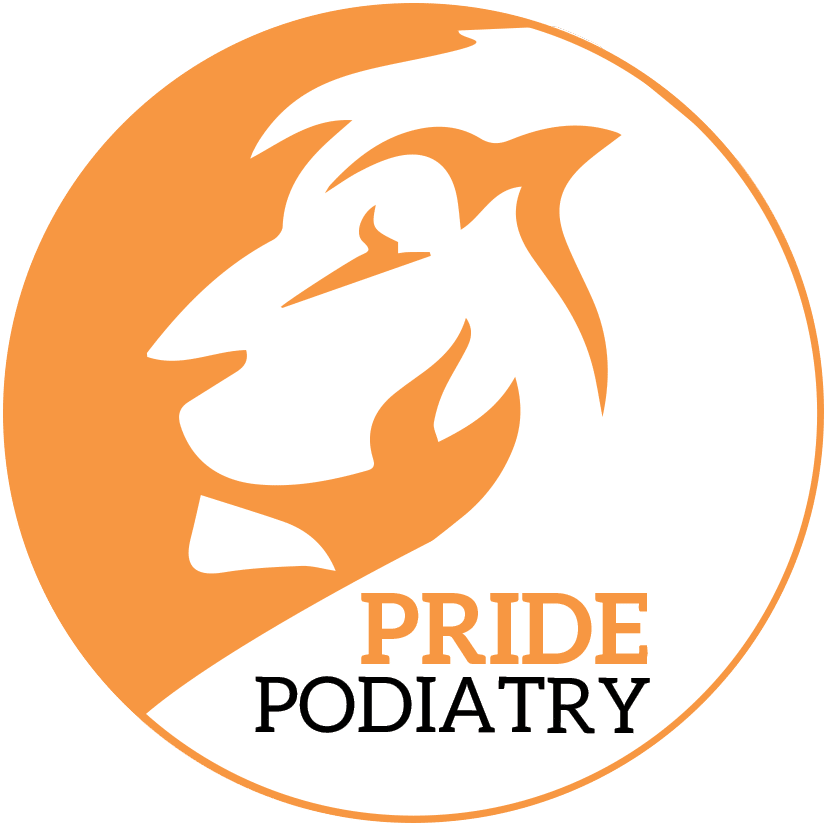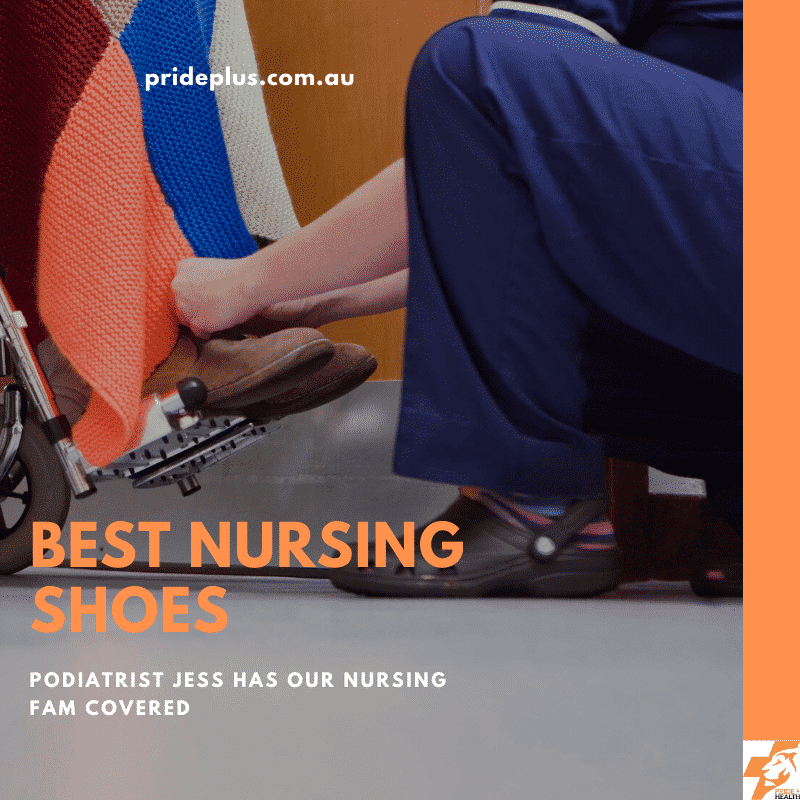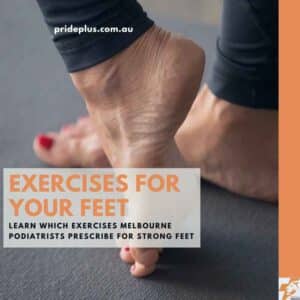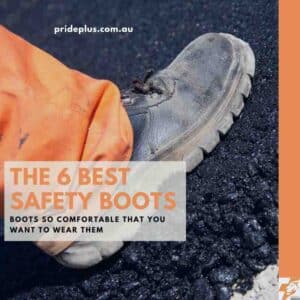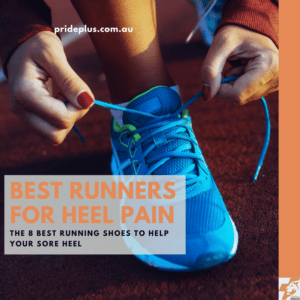The best nursing shoes are the right nursing shoes for you. Podiatrist Jess Steinberg has all our nursing brothers and sisters covered with her comprehensive guide.
The Best Nursing Shoes
I have always stood by my opinion that nurses are the best kind of people. Having visited family members and friends in hospitals over the years, what nurses put up with and their ability to do so with such poise, always with a smile is extremely admirable. The least we can do is try and return the favour!
It’s quite amazing how much time a nurse spends on their feet.
A study called “How Far Do Nurses Walk?” by Welton et. al., (2006) found that the 146 nurse participants walked an average of 4-5 miles in a 12-hour shift.
That’s somewhere between 6.5 and 8 kilometres!
Further, a study conducted by Reed et. al., (2014) revealed that one in six nurses working at the hospital in this study experienced physical limitations due to foot or ankle pain.
Unfortunately it’s difficult to reduce the distance covered by nurses as they always tend to be assigned to multiple patients across large wards. However, we as podiatrists can certainly provide some suitable footwear recommendations and tips to our nursing peers!
Here are 4 tips to make sure you have the best shoes to get you through your 6 Km nursing shift!
The bend and twist test
This one is a staple. I think I talk my nursing clients through this one at least 5-10 times per week. Grab your nursing shoe by the heel and toe. Bend it in half, then twist it from side to side.
Now grab your sturdy gym runner and perform the same test.
Is your nursing shoe heaps bendier and twistier?
It’s super important to make sure your shoe bends and twists like your foot does. Your foot can’t bend in half, or twist 180 degrees – so your shoe shouldn’t be able to either!
I’m looking at you, Skechers wearers.
Yep, Skechers are lightweight, easy to slip on and super cushiony, but structurally, they might not be doing your foot any favours!
When your shoe is super flexible each the amount of work your smaller balance-muscles in your legs have to do increases.
For those who are super strong and well-trained, that’s not a problem. These people can happily enjoy the very light softness of a Skechers shoe. Additionally, for those who don’t take too many steps at work, the flexibility of the Skechers is unlikely to surmount the capacity of your balance muscles.
Just remember, if you wear a flexible shoe and get sore in your legs and feet, some extra support is certainly in order. And I wouldn’t truly be a podiatrist if I didn’t sneakily recommend some calf push-up exercises as well!
Bottom line, if you’re sore, your nursing shoe HAS to past the bend and twist test and be comparable to the structural soundness of your runner!
Cushioning
A no-brainer. As we have previously established, nurses spend A LOT of time on their feet. Hospital wards and nursing treatment rooms have hard floors and little opportunity for rest. Your shoes need to feel nice and pillowy so you can be administering intravenous antibiotics and doing that central line thingy all-day-long!
Cushioning is often represented by a shoe’s stack height – the amount of material between your foot and the ground.
A higher stack height usually means more cushioning.
Weight
Do yourself a favour and keep it light!
No-one wants to be lugging around a brick at the end of their leg for a full 9-hour shift.
Comfort/Fit
I’m trying to toss up which of these pointers is the most important, and I think I choose this one!
The fit of the shoe and your comfort when wearing it is absolutely pivotal.
You could try on dozens of shoes that tick all of the above boxes, but when it comes to picking the right one, well that comes down to comfort. In order for a shoe to be comfortable, it needs to fit well.
Ensure a thumbs width between the tip of your longest toe, and the end of the shoe. Make sure you have plenty of width across the forefoot to prevent any compressive injuries, corns or callus. Laces are the best way to keep your foot secure and prevent any slippage.
If you suffer with venous or lymphatic system challenges and have increased swelling in your feet at the end of your shift, discussing compression (active compression not TEDS) with your GP or podiatrist is a good idea. Also, have your shoes fitted with what you will be wearing to work. Comfy socks, your compression, and wait until later in the day so that your foot will be that little bit larger for shoe selection time.
Now that we’ve discussed all the requirements for a good nursing shoe, let’s cross over to one of our nursing peers for a little Q&A:
Nurse, runner and travel fiend Abbey Fistrovic, thanks for chatting with us today. Can we please talk about what nursing has been like on your feet? How you navigate shoe selection, and whether we can do better?
Q: How long have you been practising as a nurse for and in what setting?
A: I’ve been practising as a Critical Care Emergency Nurse for ten years, specialising in both Medical and Traumatic emergencies. I’ve worked throughout Australia in both major metropolitan Emergency Departments, rural and remote communities and also previously worked overseas in Central London.
I currently work in a Level 1 Trauma Centre Emergency Department in Melbourne and also work for The Royal Flying Doctors as a Critical Care Registered Nurse.
When not nursing I’m a keen distance runner, passionate about our community and the environment and love a surf down the coast.
Q: Approximately how many pairs of shoes do you think you have gone through in this time?
A: Probably one pair a year to be totally honest. When I initially started nursing I tried the old school “nursing specific” shoes but found them uncomfortable and restrictive and made my foot ache due to their rigid nature.
I currently spend 8 – 12 hours a shift running around emergency departments covering approx 15,000 – 20,000 steps on a busy shift. After reading your above statement I’m sorry to say I’m a guilty Skechers wearer!
They’re the only shoe I find where my feet don’t ache to start. I turned to them when my regular “running” shoes were aching my feet after a long day.
Q: Have you ever experienced a foot/ankle injury or foot fatigue during your time as a nurse?
A: Yes!
When I started working in the UK and I was doing 12.5 hour day and night shifts my feet were aching so badly. The balls of my feet and arches specifically.
I switched to a pillow/cushioned sole and felt an improvement compared to the original “rigid nursing shoe”.
Q: What shoe are you currently wearing to work?
A: Skechers 🤣
Q: Do you believe it passes all the above tests?
A: It definitely passes the comfort, weight and cushioning test but not the bend test. It definitely bends more than mentioned above.
And I must admit – sometimes after a really busy night shift my feet and lower back still ache despite how comfortable they are, so I’d be interested in finding the right shoe that fits all of the above!
Q: After hearing our tips are you pretty keen to take advantage of the upcoming Boxing Day sales and grab a new pair of work kicks?
A: Absolutely. It’s one thing I won’t skimp on, is good shoes for work.
My feet are precious and if they’re not in 100% working order, my job would be unbearable!
Thank-you Abbey, let’s get into some of the solutions.
The Best Nursing Shoes Are:
Now for the moment I’m sure you’ve all been waiting for. Tell us, pleeeease just tell us, what shoes should we be buying?!
The reason we took our time to get here is because at the end of the day, this is a personal preference.
My biggest tip was ‘comfort’, and comfort is individual.
However as a starting point these six shoes would be impossible to go past for most of our nursing family.
The Hoka Bondi and Clifton are two shoes that tick all of the boxes we’ve mentioned. Super light, heaps of stack height, sturdy and available in different widths for optimal fit. Both of these shoes have a rocker in the forefoot , which is awesome for any forefoot injury or niggle.
Next up, the Brooks Dyad Walker, again passing all of our tests and available in a professional black leather, for those with strict uniform requirements! The Dyad from Brooks is on the heavier, more stable side which means that those nurses out there who require extra support from an orthotic can get the most benefit from their devices being on a really stable level pegging. It also comes in an all mesh variant that’s a little lighter and more ventilated than the leather.
In that same vein, the New Balance 857v2 is serious on the stability side, very deep to accommodate high arch and high volume (those feet that swell a lot) feet. The 857v2 has a roll bar under the heel and comes in 3 widths and 2 colours.
Another range of shoes that are a nice combo of stability and weight are the Ascent range, particularly the Contour and the Adela. These shoes have less stability than the Brooks/New Balance shoes above, but a lighter and smaller profile which is often needed.
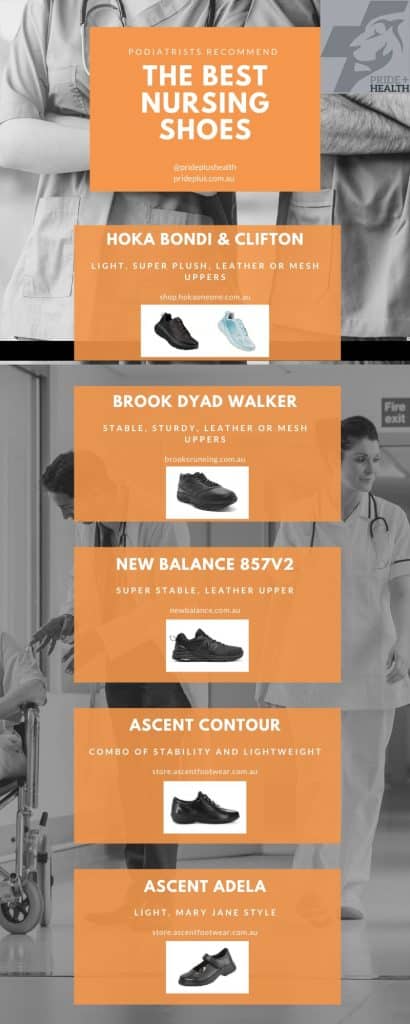
In summary, when considering the best nursing shoes for you:
Shoe advice is one thing, but injury advice is another.
We love our nurses, appreciate how hard you work and want nothing more than to return the favour.
If your foot/ankle pain is affecting your work day, or having an impact on your days off, we’d love to help you.
Our PridePlus Podiatrists understand the impact that long hours can have on your feet. Feel free to come visit us for a thorough assessment of your injury, and what measures we can implement in conjunction with your awesome shoes to get you back doing your obs and getting people better!
You can book in with our podiatrists in Melbourne’s CBD, Pascoe Vale or Emerald online here.
References:
https://www.travelnursing.com/mobile/pages/resourceDetails.aspx/?articleId=2897#sthash.5EhUHR9F.dpuf
